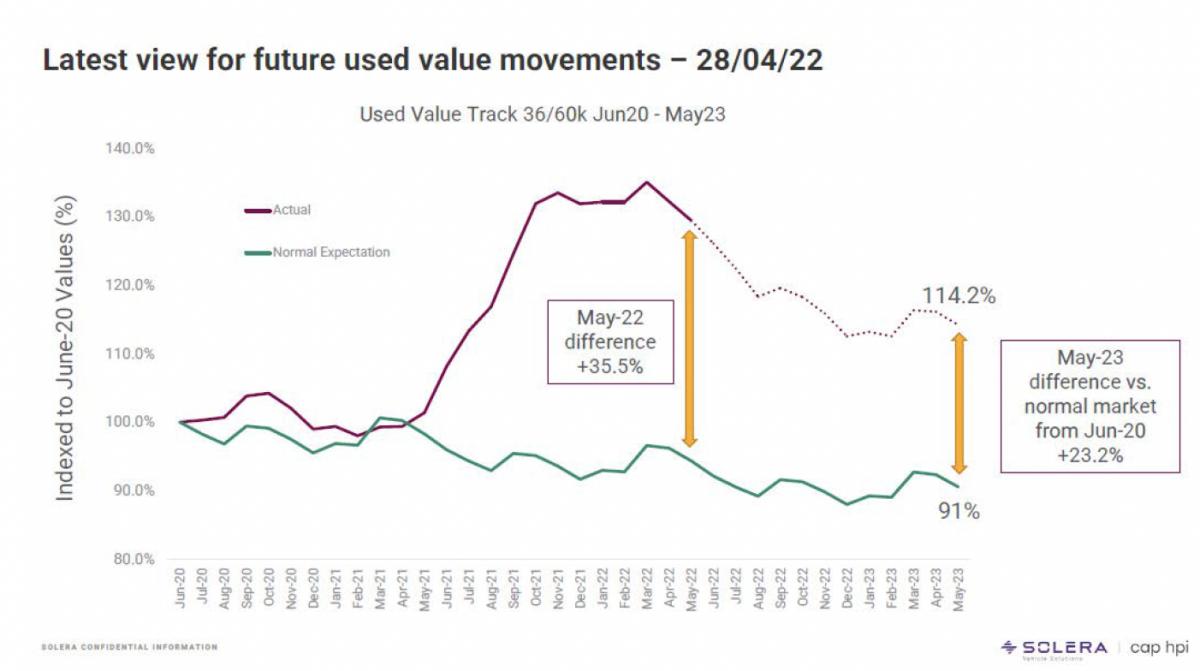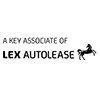Supply and Demand
Broadly speaking the increased in car prices comes down to supply and demand. The negative impact to supply chains, causing a delay on the volume of vehicles being supplied into the UK for sale has meant that there is a decreased supply whist the demand stays high.
The delays we have seen to many vehicles coming into the UK has meant that people have had to look for some options which are readily available. With limited new cars in stock caused by a multitude of factors many people have looked to the used car market. Additionally, many cars which usually are returned at the end of contract purchase or contract hire agreements have been extended, meaning they’re not entering the used car market for sale. This in turn has increased demand, and lowered supply in this market, and consequently prices again have increased beyond where anyone could have predicted.

With a lower number of new cars in stock compared to normal, clients are effectively being forced to pay an heavily inflated price for a used car, just so they can keep driving.
Many people are acquainted with the “exclusive” offers, freebies and incentives to lure customers into their showrooms and websites.
As car pricing is driven by this supply and demand, when there are too many cars available prices are dropped to effectively “get rid” of them. The car industry has been oversupplying for years as the business model favoured volume of vehicle registration, which led to perpetual discounting or favourable finance rates.
With high demand in both the used and new car market, there’s less incentive for the prices to be reduced.
There are some good offers around, but they are fewer and harder to find. Speaking to an independent, with more access to the nationwide stock can help combat this.
New Car Safety + Specification
There’s no argument that on average new cars have more technology, safety features and better fuel economy than previously.
In terms of technology; a base model Volkswagen Golf now comes with a large touch screen infotainment system, digital cockpit, wireless charging, adaptive cruise control, LED headlights, automatic windscreen wipers, ambient lighting, ‘walk-up’ lighting; all of which would have been costly extras in the 2012 model.
This is compounded when you look at the safety features available on new cars. Sticking with the base model Volkswagen Golf, automatic breaking that can detect if someone steps out in front of your car, electronic stability control, built in emergency calling system, systems that keep you in your lane, speed warning systems… this list goes on. Not only would these things have been expensive 10 years ago, but some wouldn’t even have been invented.
Raw Materials
Above the additional specification and safety features which are now standard, a recent article in The Guardian suggested that raw materials used to manufacture goods have had their highest annual increase on record and are at a 45-year high. This has had a knock-on effect to car manufacturing over the past 12 months, with recent commodity price drops not yet priced into the market.
Energy Costs
High energy costs mean manufacturers need to charge more for their goods and services. In the retail space, Amazon recently announced that they will be increasing the cost of their Prime service by 12.5% due to the rise in cost of delivery. The car industry is no different. Whilst a 12.5% increase to the Amazon Prime Subscription equates to £1 per month, on a more expensive asset, the increase clearly will equate to much more. Whilst some of this increase is swallowed in profits, some of this increased cost will indeed be passed onto the customer.
How do I avoid paying too much for my (new or used) car?
The reality is that pricing is higher now than it was a year ago, and much higher than it was perhaps when you last ordered a new car 3-4 years ago. The price of new and used cars have been incrementally increasing over many years, but the pandemic and current economic circumstance has seen an exponential increase. And the harsh reality is that it isn’t going to change any time soon, but is likely to continue to increase, even without the broader macroeconomic inflationary pressures.
However, a car for many people is a necessity, and stopping driving is not an option. Therefore, you may just need to take a new approach to what sort of car you decide to drive or can afford.
With most costs of living increasing at pace, it’s important not to overspend, and protect yourself in the long term. Used car prices a likely to drop dramatically this winter, so paying an inflated price now may mean you’ll have lost a lot more money in 3-4 years’ time or when you come to change this car.
Leasing a new car and being able to wait for it to arrive could represent protection from this risk. However, it may just mean you need to look at downsizing or being open to new models.
The key is to plan so you’re not forced into taking a car just because it’s there and you need something. In most cases, once a car is ordered, it’s price-protected from any further inflation on interest rate increases, so ordering ahead of time is often the smart move.
The good news is if you do own your car, or have the car on a purchase agreement your current car could be worth much more than it usually would be, so make sure you look at this rather than just accepting a dealer’s valuation at face value.








